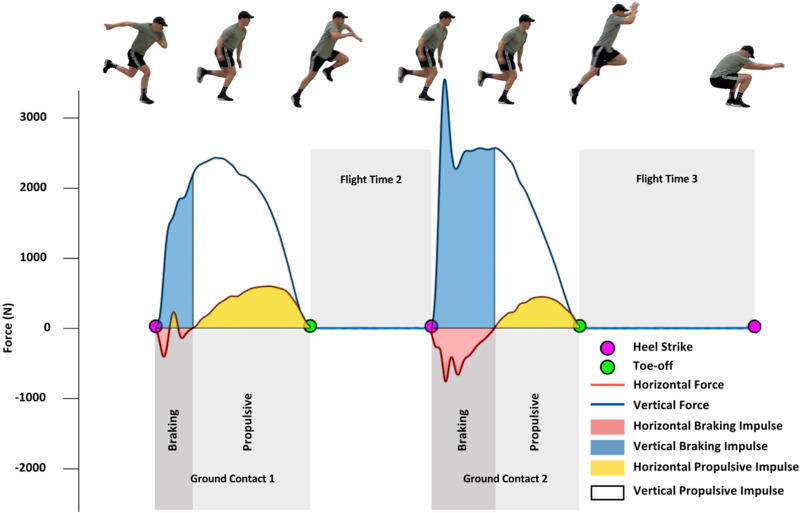- Remove the current class from the content27_link item as Webflows native current state will automatically be applied.
- To add interactions which automatically expand and collapse sections in the table of contents select the content27_h-trigger element, add an element trigger and select Mouse click (tap)
- For the 1st click select the custom animation Content 27 table of contents [Expand] and for the 2nd click select the custom animation Content 27 table of contents [Collapse].
- In the Trigger Settings, deselect all checkboxes other than Desktop and above. This disables the interaction on tablet and below to prevent bugs when scrolling.
A new Physical Therapy in Sport masterclass study has confirmed what many practitioners have long suspected: measuring hop distance alone isn’t enough when assessing readiness to return to sport.
Researchers found that while athletes may hit “acceptable” hop symmetry scores on distance, underlying biomechanical deficits, particularly in braking and propulsive forces, often remain hidden. These unseen asymmetries could increase reinjury risk, especially after ACL reconstruction.
That’s where technology makes the difference. The study introduced a tiered framework for integrating tools into triple hop testing. At the highest tier, VueMotion’s AI-powered, markerless video analysis provided joint-level kinematics and movement strategy insights, traditionally only available in expensive motion labs.
VueMotion enabled clinicians to go beyond outcome measures like distance, uncovering asymmetries in ground contact time, joint angles, and reactive strength that distance alone would miss. This richer data helps practitioners make more confident return-to-sport decisions while reducing reinjury risk.
The takeaway: triple hop testing remains a cornerstone, but the future of safe return-to-sport lies in combining simple field protocols with advanced, accessible biomechanics tools like VueMotion.
Link to full paper - https://www.sciencedirect.com/science/article/pii/S1466853X25001415?via%3Dihub

